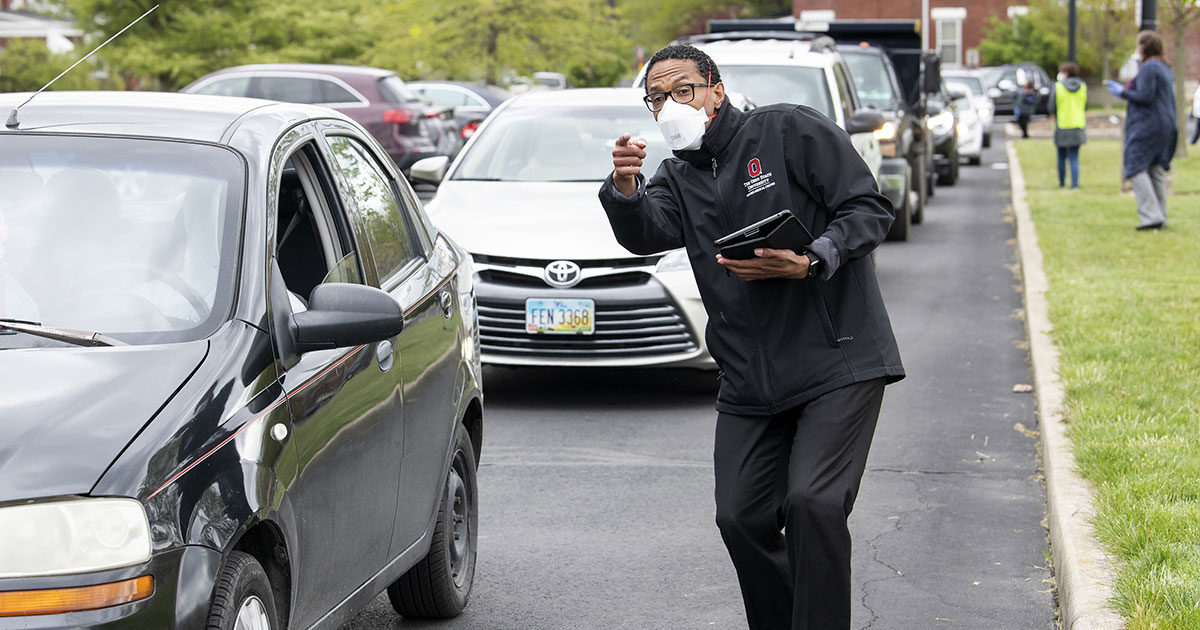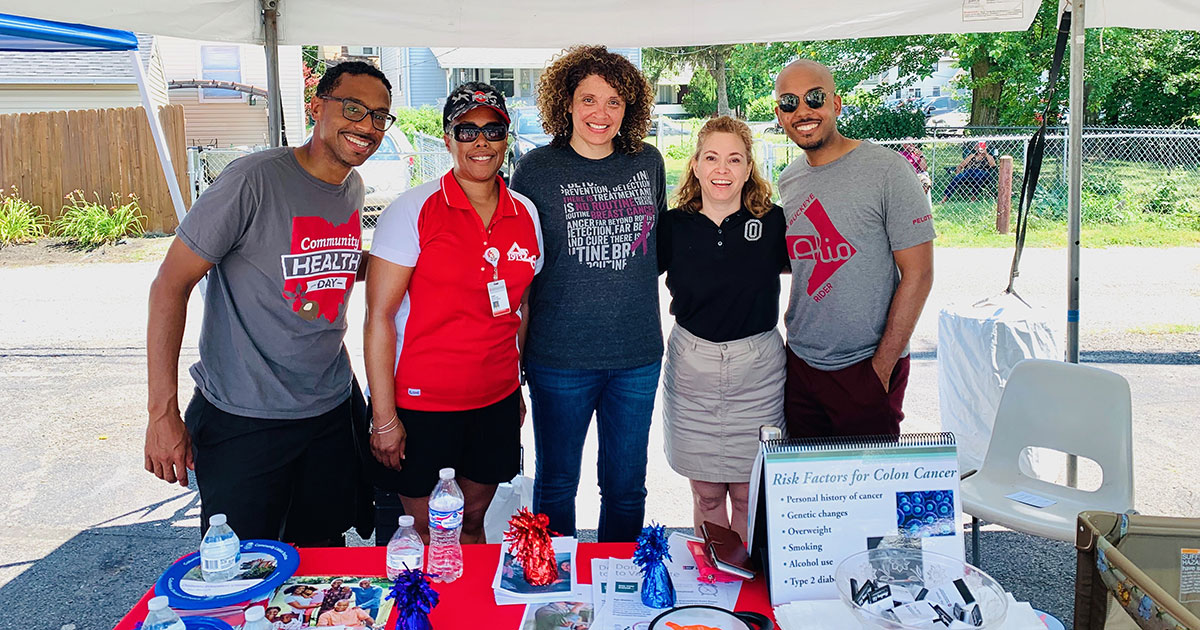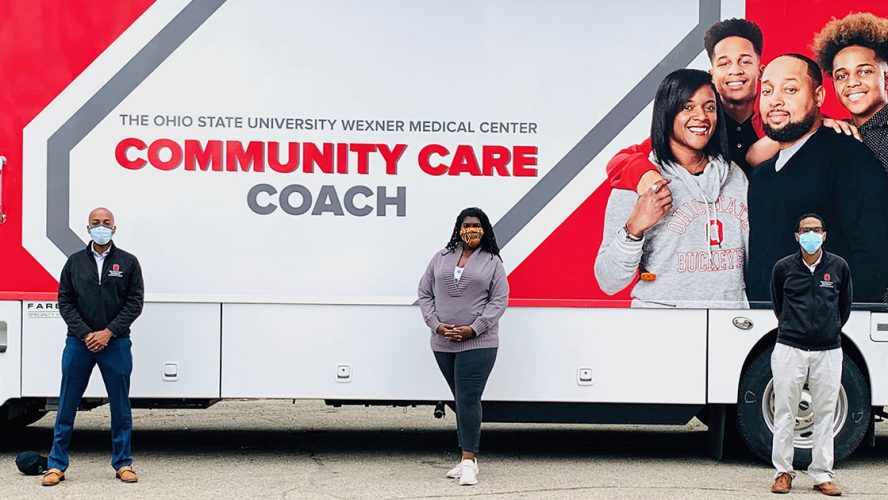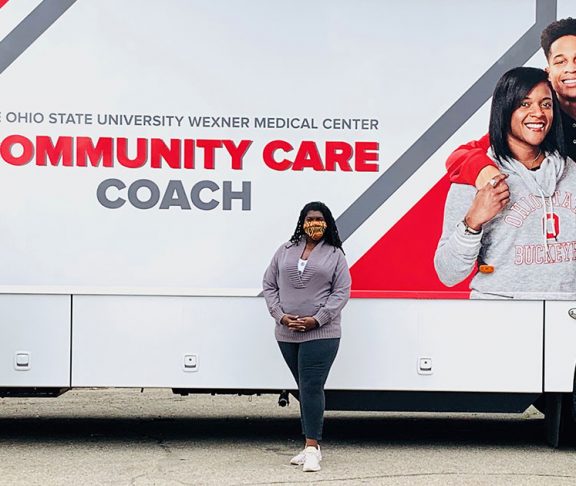We talked to Dr. Joshua Joseph, an endocrinologist specializing in diabetes and metabolism at The Ohio State University Wexner Medical Center, about the ethnic disparities seen in diabetes, and how we can overcome racial, social, and economic barriers to better health.

Dr. Joshua Joseph
Endocrinologist, The Ohio State University Wexner Medical Center
What inspired your career in endocrinology with a specific focus on diabetes and obesity?
My passion for diabetes developed due to familial and community experiences with diabetes. My grandmother had type 2 diabetes and obesity, and passed away from cardiovascular disease, which is the leading cause of mortality for those with type 2 diabetes.
While serving in communities throughout my education and training, I again saw families like my own struggling with diabetes, and thus, advancing the care of individuals with diabetes became the driving mission of my career.
Can you explain the ethnic and racial disparities in diabetes?
In general, BIPOC (Black, Indigenous, and people of color) populations in the United States have more individuals developing type 2 diabetes and an excess of individuals with type 2 diabetes compared to white populations. Even more concerning is that BIPOC communities are seeing an explosion of type 2 diabetes diagnoses in kids and adolescents. The disparities unfortunately do not end there, and include disparities in diabetes control, complications both macrovascular and microvascular, and mortality.

I refer to diabetes as an “exemplar” disparity condition due to the profound disparities throughout the spectrum of type 2 diabetes from risk factors through mortality. The disparities are heavily influenced by the social determinants of health, structural inequities, and racism that myself and colleagues have described in the article “Casting a Health Equity Lens on Endocrinology and Diabetes”.
What does health equity mean to you?
The CDC describes health equity as when “each person has the chance to reach his or her full health potential,” without facing obstacles from “social position or other socially determined circumstances.” If you think of health inequities as a river cascading down a mountain, the furthest upstream determinants are poverty, racism, and discrimination. We have to address those, but they are also the most difficult to address, because they require policy, cultural change, and investment.
Policy and cultural change can both be arduous. In the middle, we have the mid-stream determinants: housing, the built environment, education inequities, economic inequality, and food insecurity, referred to as nonmedical, health-related social needs, which influence downstream health outcomes.
These upstream and midstream determinants are the primary sources for our disparities in type 2 diabetes and other endocrine disorders. Health equity to me is creating equity more broadly in our society by addressing the upstream and midstream determinants that are causing poor downstream outcomes.
Why is it so important for diabetics to get vaccinated against COVID-19?
COVID-19 vaccination is critical for individuals with type 2 diabetes. U.S. data shows that while diabetes does not increase the risk of contracting COVID-19, it does increase the risk of worse outcomes, including hospitalization and mortality.

Personally, our group at The Ohio State University has championed collaborative efforts to distribute masks early in the pandemic, increase access to testing, and distribute vaccines in the community, most recently through academic-community-government partnerships. I view all of these efforts as diabetes care during the pandemic.
COVID-19 has shown that if we are going to achieve diabetes equity, our diabetes care can’t end within the four walls of our clinic, but must extend into the communities we serve.
How can we increase awareness and help promote cardiovascular health for underserved communities?
We must meet people where they are and advocate for policies, practices, and procedures that increase awareness and promote cardiovascular health in all communities, like the Know Diabetes by Heart Program.
We know people who take control of their type 2 diabetes and heart disease have the opportunity to live longer, healthier lives. The key to achieving these goals lies in community-engaged efforts, by partnering with community members, stakeholders, and organizations with the shared goal of increasing health and well-being by utilizing both healthcare and community resources to realize that vision.

